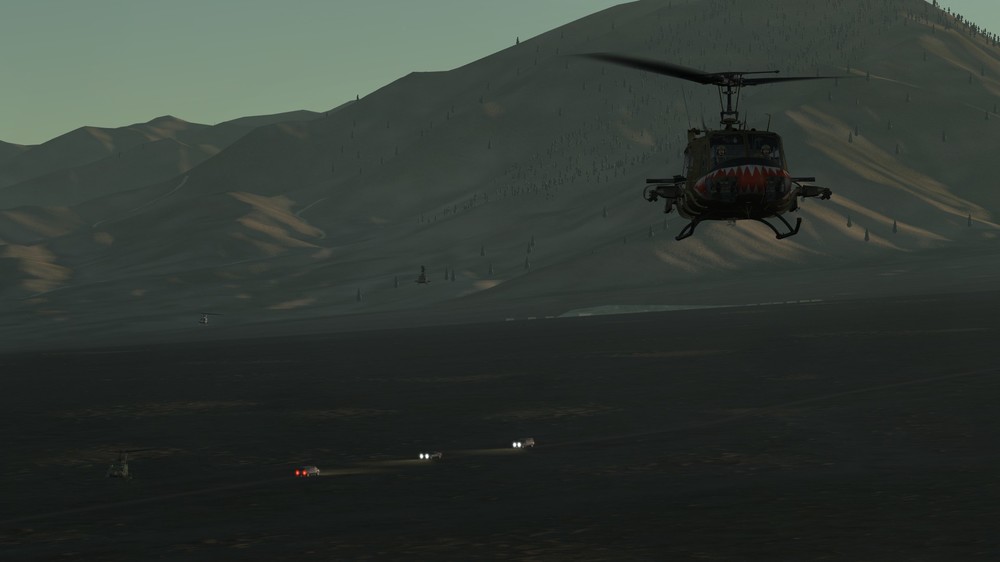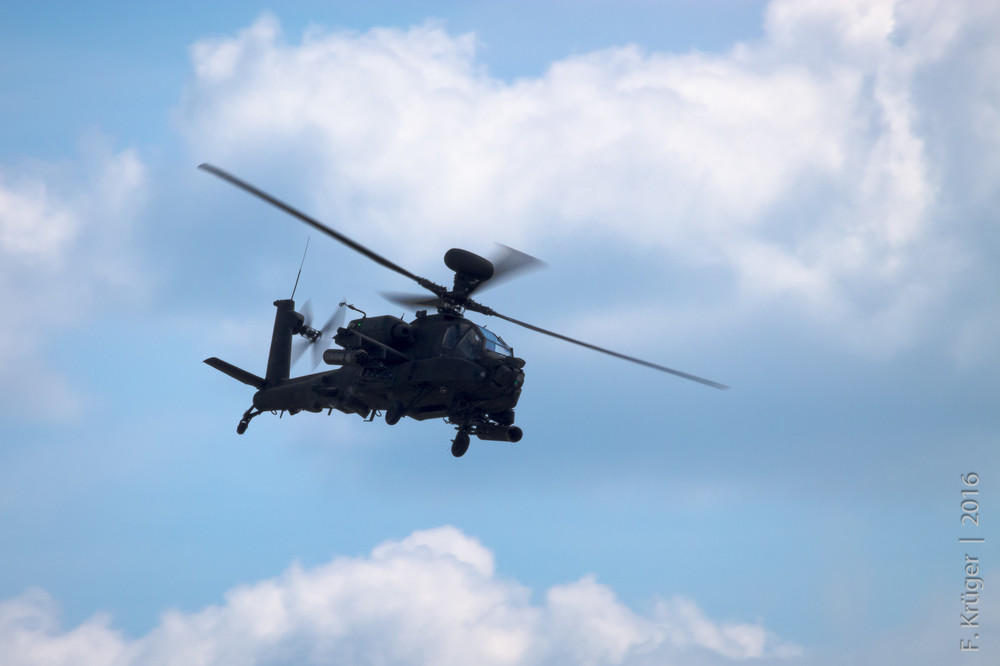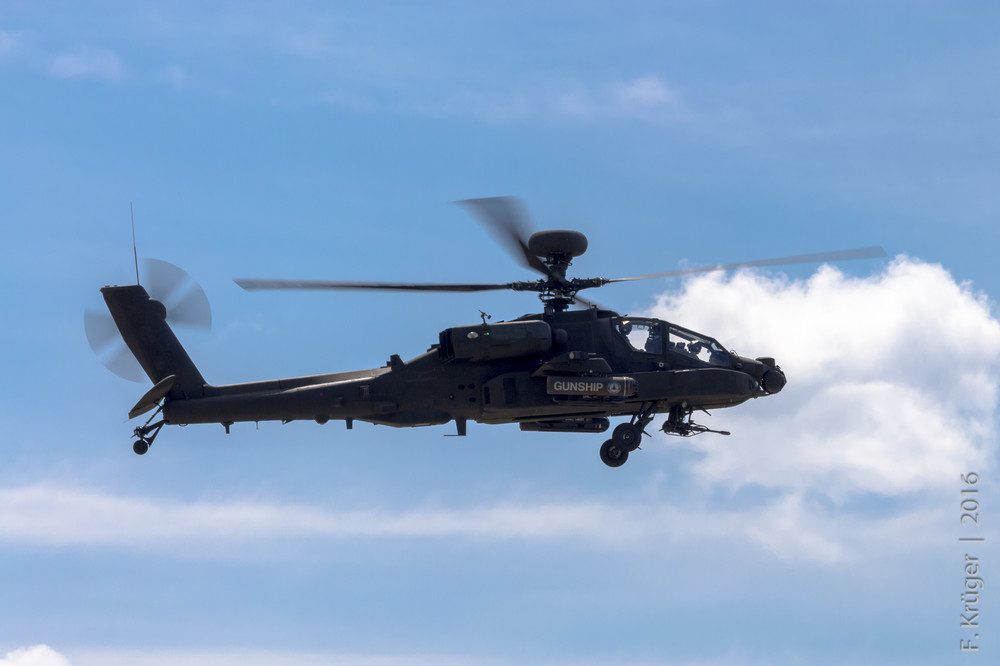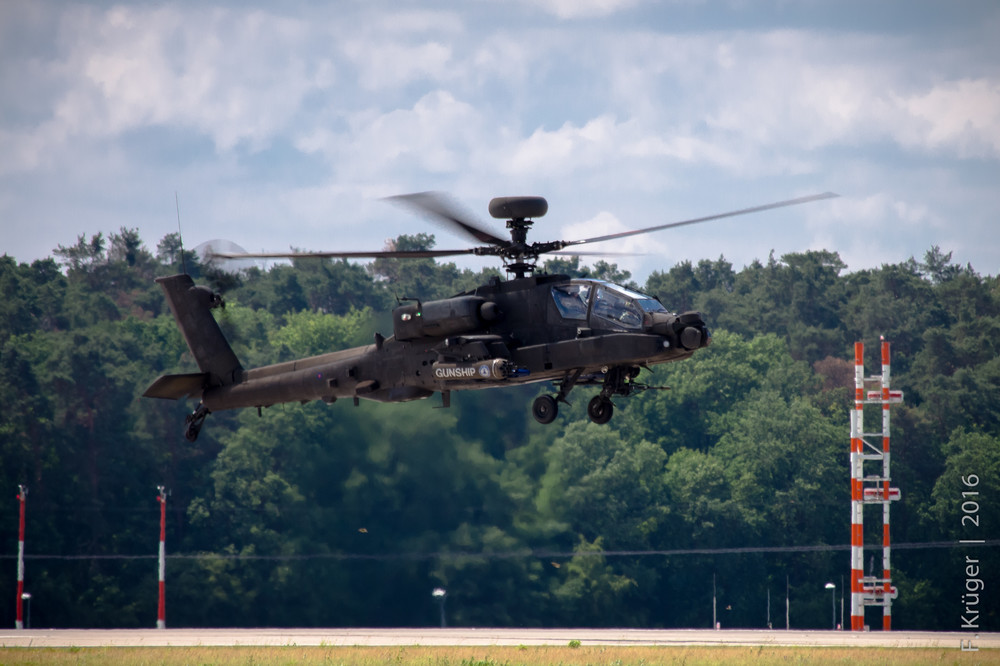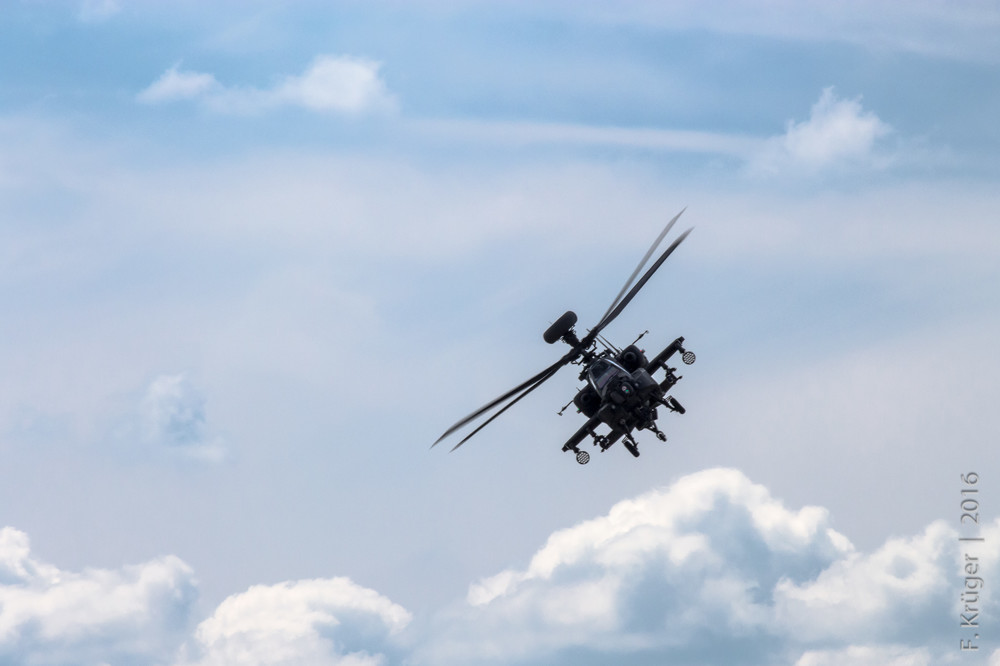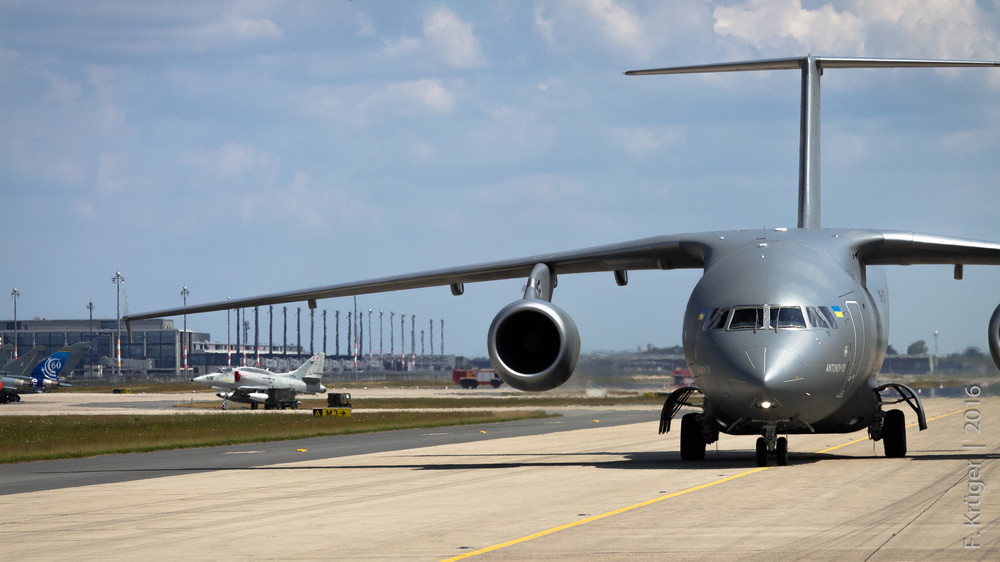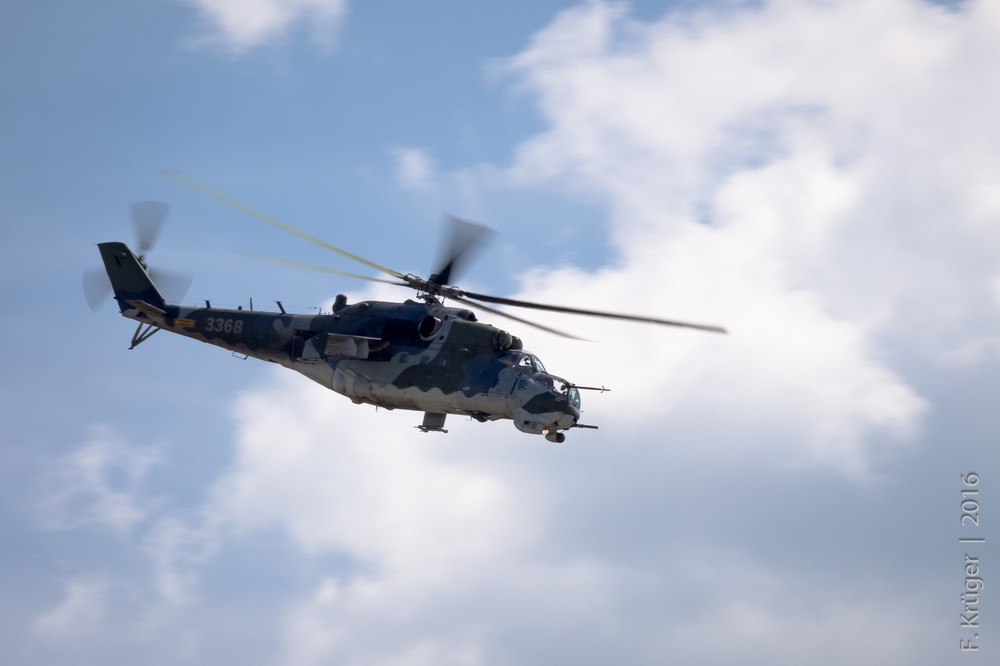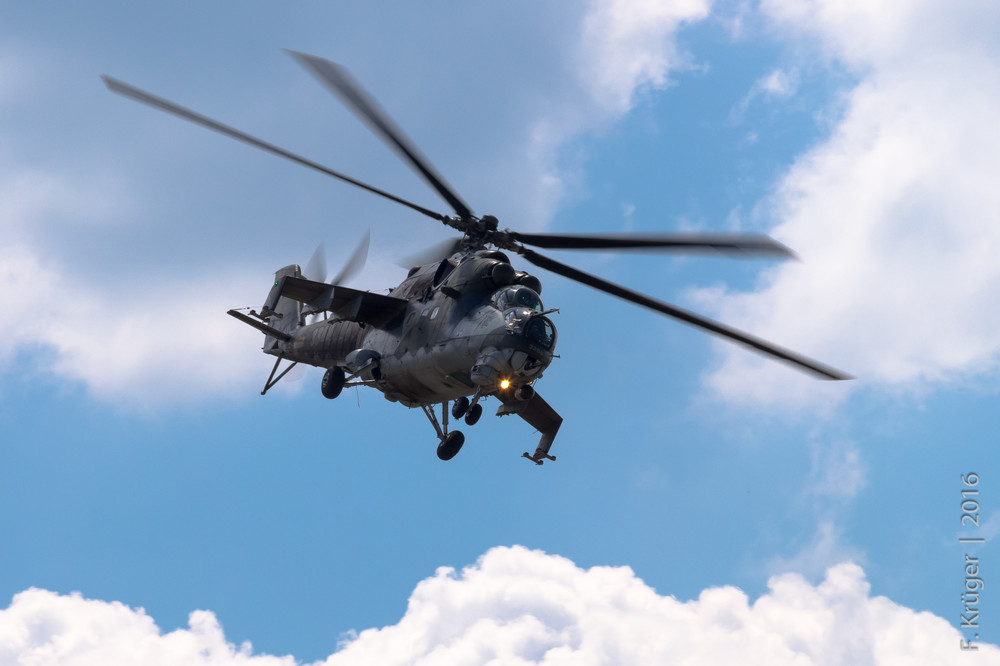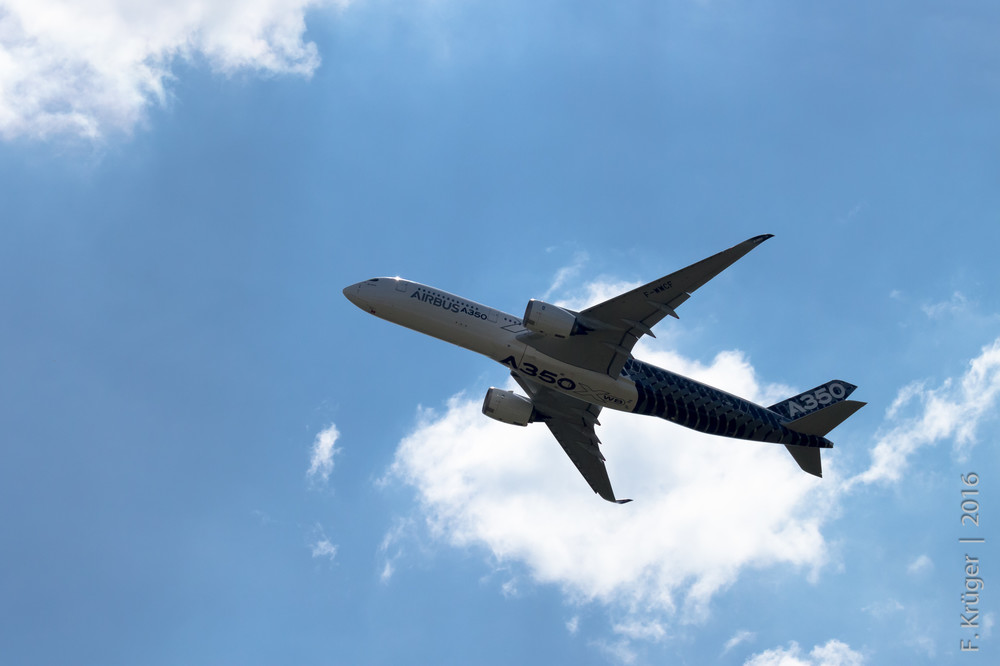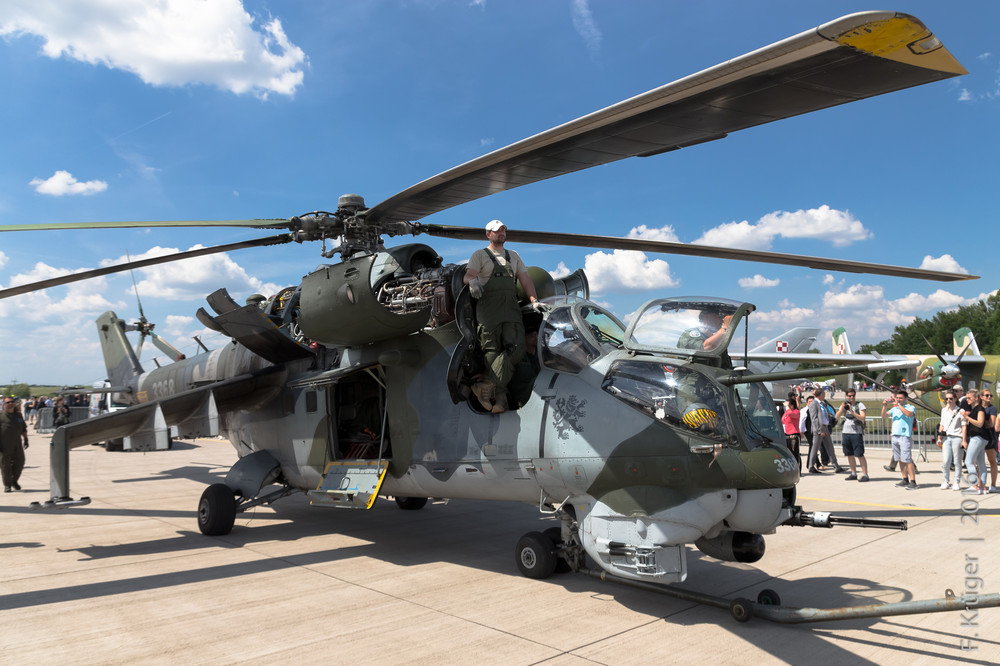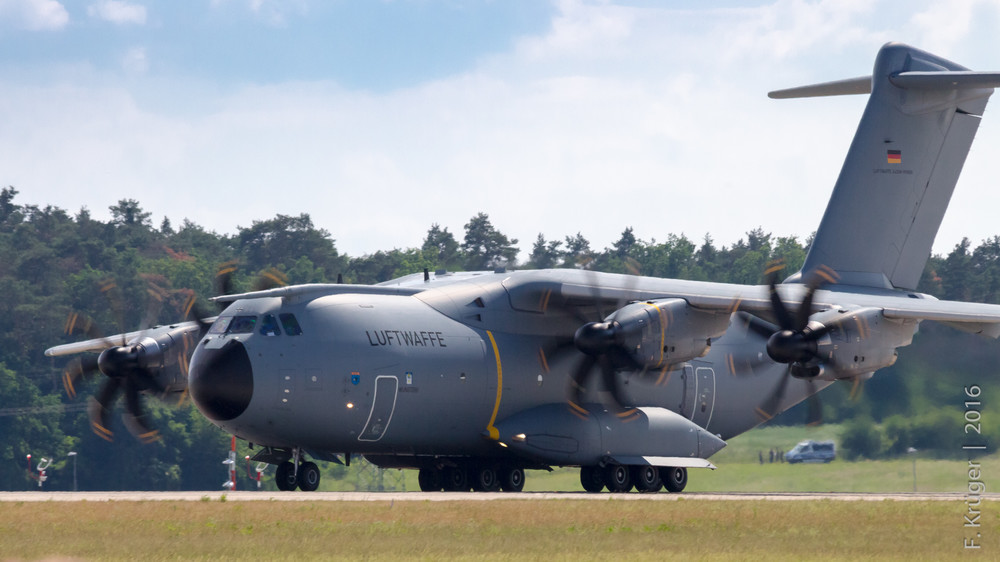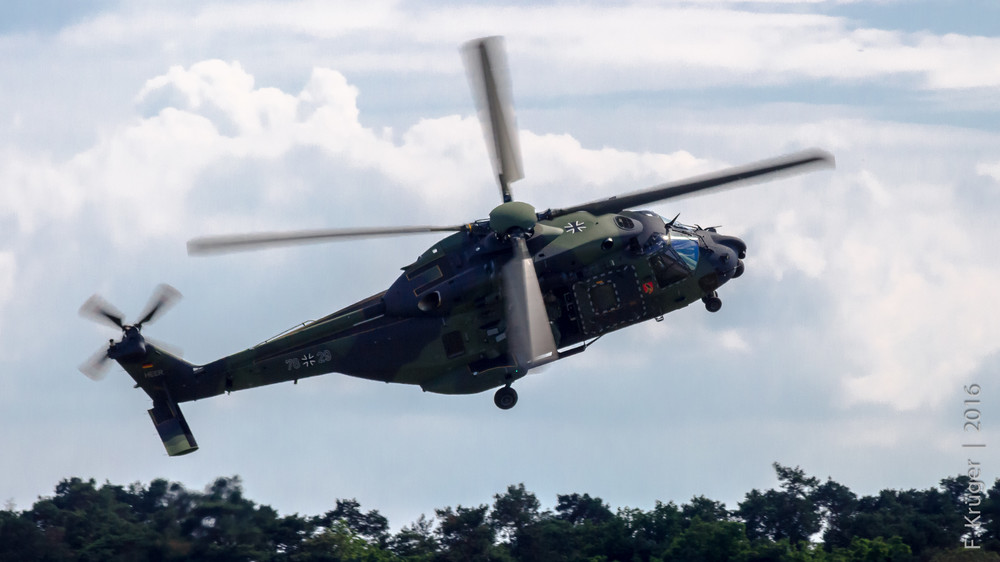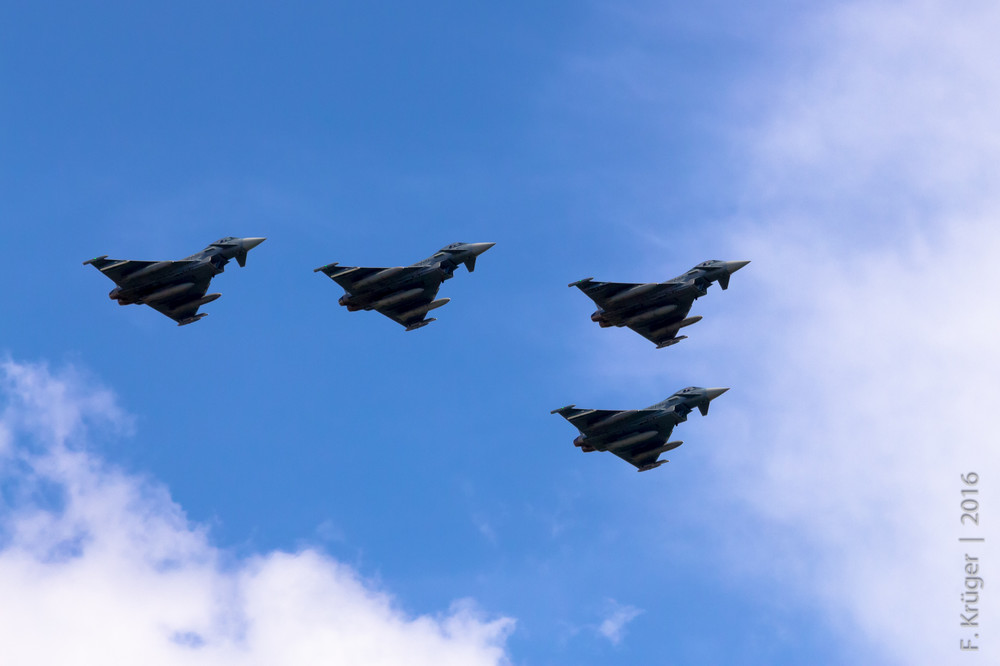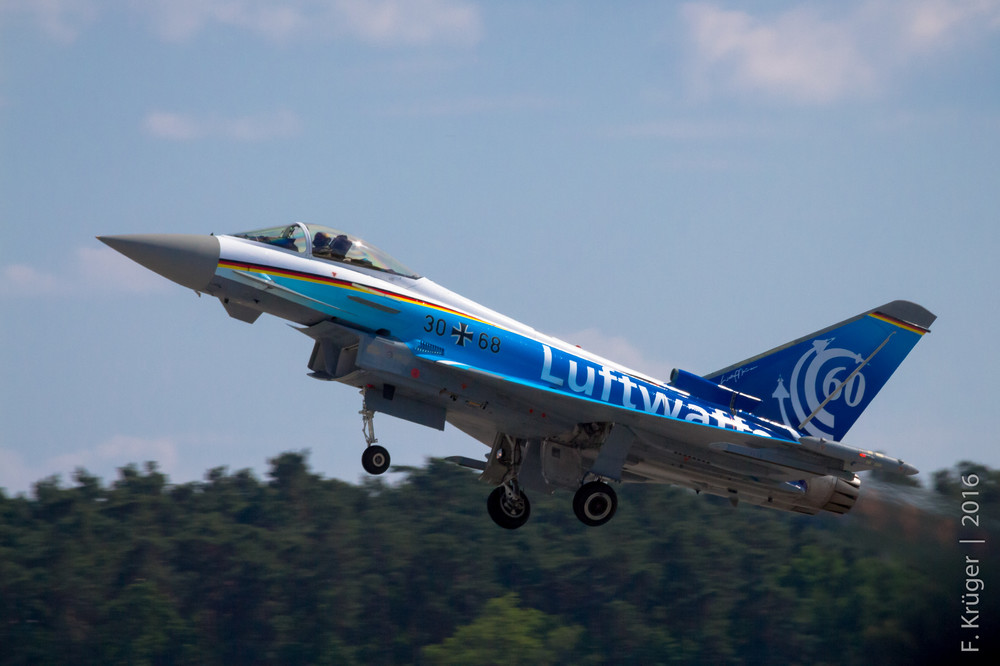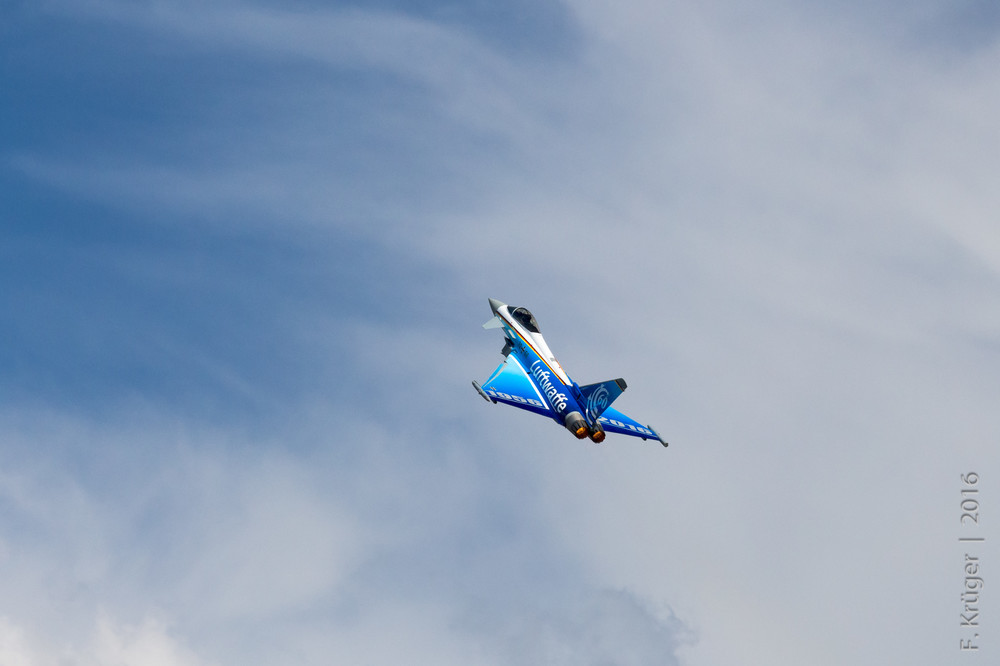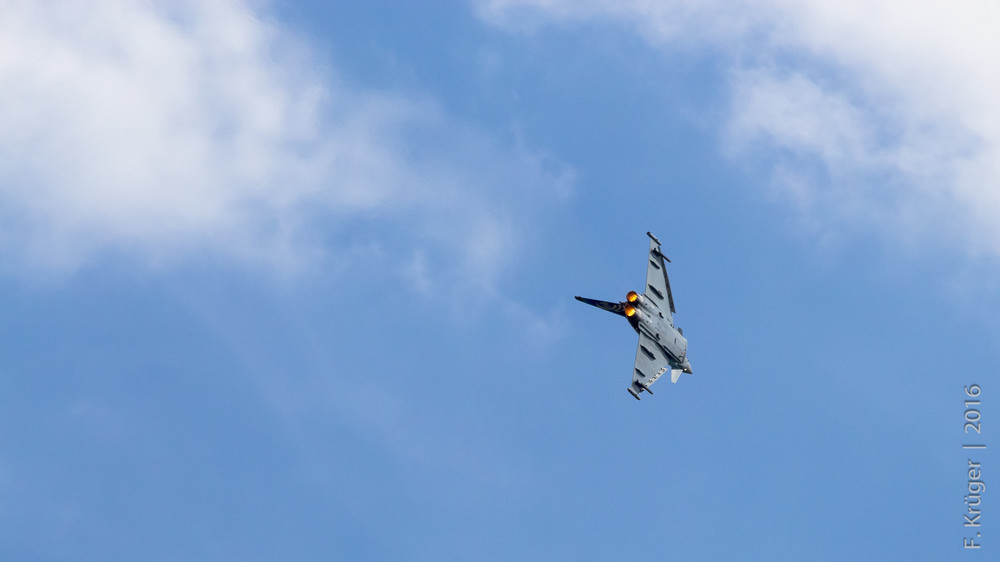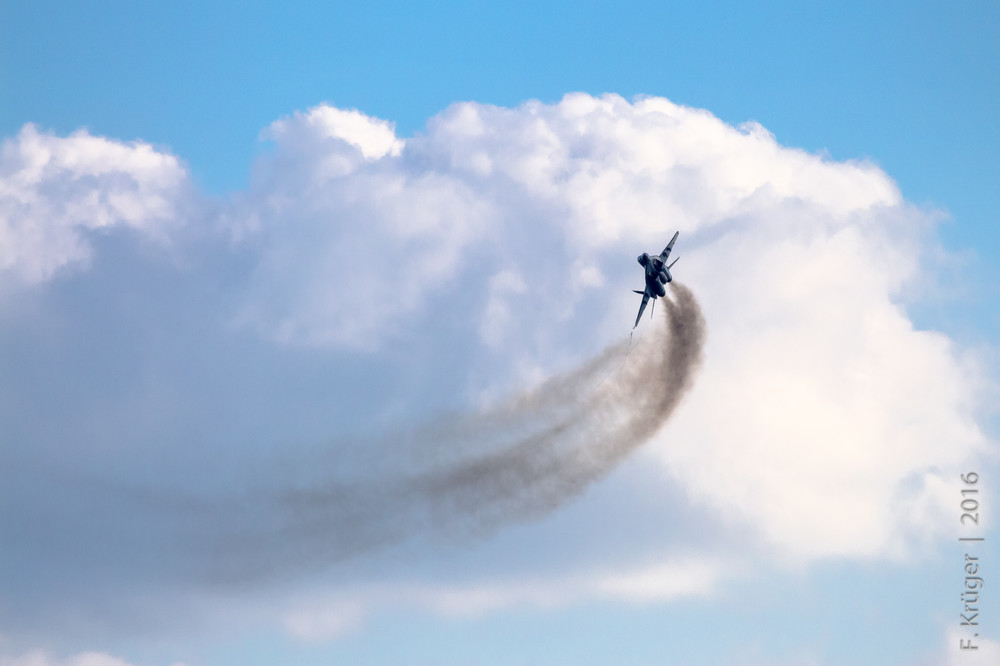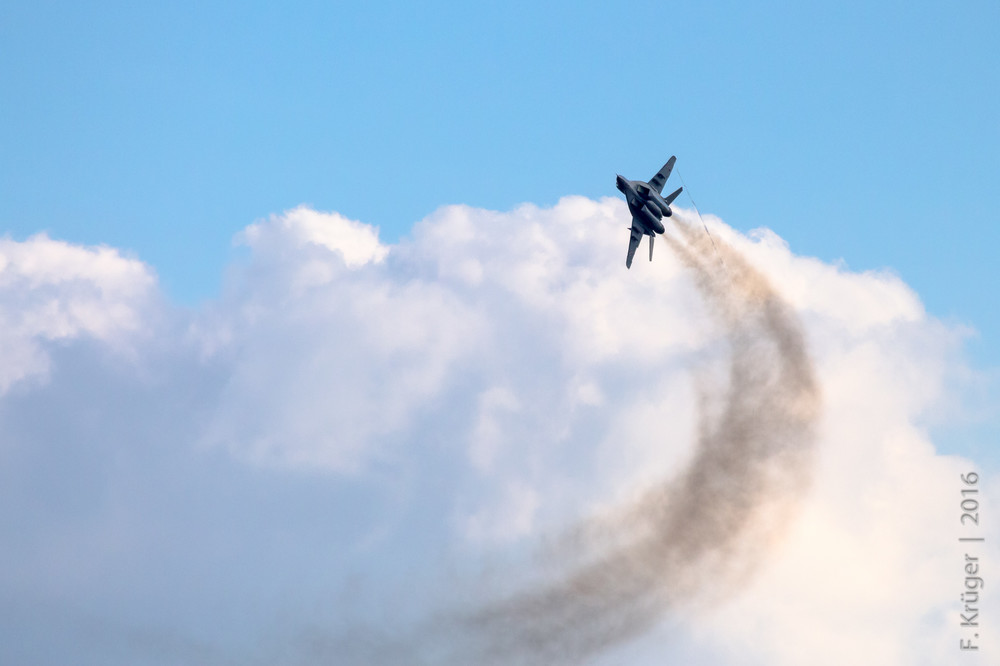-
Posts
103 -
Joined
-
Last visited
About Sid6dot7
- Birthday 02/25/1985
Personal Information
-
Flight Simulators
DCS Series / FC3, KSP, Arma III
-
Location
Germany
-
Occupation
Engineer in jet engine technology
-
Sid6dot7 changed their profile photo
-
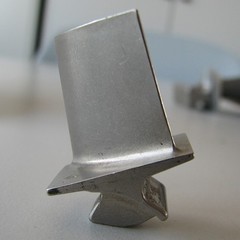
Mi-8 tail rotor blade angle reversed
Sid6dot7 replied to Airmage's topic in DCS: Mi-8MTV2 Magnificent Eight
Erm the green arrow is the clean airflow hitting the blade and get's redirected away from the tail boom due to blade interaction. Never said you were right nor wrong. -

Mi-8 tail rotor blade angle reversed
Sid6dot7 replied to Airmage's topic in DCS: Mi-8MTV2 Magnificent Eight
Yes, the blade moves down, so the airflow vector points upwards. -

Mi-8 tail rotor blade angle reversed
Sid6dot7 replied to Airmage's topic in DCS: Mi-8MTV2 Magnificent Eight
Does that help? Maybe the tail rotor animations aren't implemented yet, as they don't seem to change for left/right rudder. -

Mi-8 tail rotor blade angle reversed
Sid6dot7 replied to Airmage's topic in DCS: Mi-8MTV2 Magnificent Eight
The tail rotors upper part turns towards you (clockwise spin, when looking from the left), so it pushes in direction of the tail boom. -
-
Yes, with highly detailed ladybugs, bumblebees and hornets.
-
The ground effects "strength" is about the same. GEs occurrence depends on the rotor diameter and its results correspond to the helicopters mass. More mass means higher inertia and in this case, slower/delayed vertical velocity changes. The Mi-8 might have more mass, but thus also have a larger rotor diameter, so the ground effect kicks in earlier (at an higher altitude). The Gazelle is more lightweight => smaller rotor diameter => later/lower ground effect - but slows its descent rate way faster. Exactly.
-
German Tigers aren't equipped with the gun turret, that is what Fire meant. But regarding the "best attack helo": It's the one that fulfils it's intended and designed role the best, maybe a bit better.
-
-
Ich werd' die Tage auch mal ein paar Bilder posten, muß die Masse aber erstmal sichten und nacharbeiten. Leider dieses mal nur vom Publikumsfreitag. Eine kleine Auswahl vom Donnerstag der ILA 2014 gibt's hier: https://www.dropbox.com/sh/pb8frw7ps32bfiv/AACOSEYR0YhCRvlyW4OAeZzaa?dl=0 Und wer alles sehen will, kann sich hier erschlagen lassen: https://www.dropbox.com/sh/w192dmeb09617h7/AAA9njZ6zs0-rjxRMtdKndCCa?dl=0 :D
-
17. Dec 2001 Enemy Engaged: RAH-66 Comanche versus KA-52 Hokum :joystick: Next order was not until november 2002 :huh:
-
Nope it doesn't. It's just for the engine. The Pitot heating (PITOT HTR) switch is located on the overhead console, near where you can set your position and anticollision lights. Maybe you just forgot that one.
-
Not any (referring to the disconnection of moving parts). The main rotor is still connected to the main gearbox/transmission as it drives the tail rotor and oil/hydraulic pumps in case of an engine failure. Freewheeling units are found between the engine(s) and the transmission system, as well as transmission and tail rotor. Everything else is a design choice and not mandatory.
-
That freewheeling unit disconnects the main rotor transmission and the free turbine shaft from each other in any case where the rotor rpm are much higher than the FT ones. It protects the main rotor hub transmission from damage and helps to keep the main rotor sustain it's rpm with minimum resistance. If the core engine doesn't drive the free turbine wheel (i.e. engine failure) it acts like a rotor brake and will unnecessarily reduce the main rotor rpm, nothing you want when autorotating. Every turbine driven helo has such an unit, especially multi-engine ones. Exceptions possible but unknown. :P And yes, the freewheeling unit is basically a centrifugal clutch with a typical aerospace design (much simpler and more fail safe). Search for Sprag Clutches.
-
The bleed air used for aircraft internal systems comes from stage 9 (customer bleed - usually continuous adjustment possible). The stage 3 and 5 bleed valves (handling/surge/overboard bleed - only open/close) are solely for stabilizing the engine in transient states, like accelerating from low rpm without surging. This air goes over board and isn't used otherwise. Modern engines take additional use of their variable stator vanes to fine tune the rpm to avoid this constant valve opening/closing and the mass flow fluctuations. Great image of a common type of those bleed valves from an AI-20. In the AI-25 they are slightly different as the video above shows.



